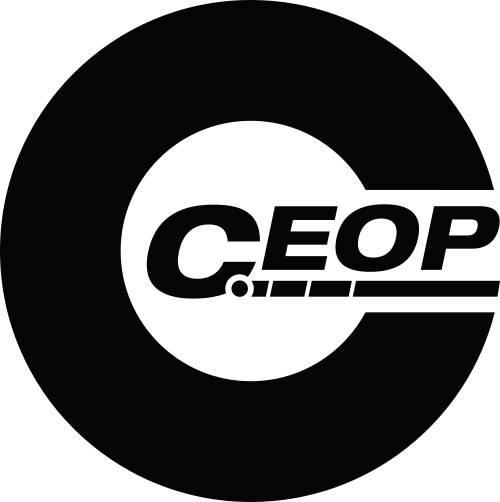Please see our latest resource, The Dark Web Explained in collaboration with The Children's Society and Marie Collins Foundation.
You may be concerned about teenagers visiting the Dark Web, especially as press reports often link them with dangerous or illegal online activity. However, it is not always used for illicit activity and the problem does not come from the technology itself, but rather from the ways in which people use it. Being aware of the basic facts about these parts of the internet can help you to have open and realistic conversations with your child, especially if you are concerned about them using the Dark Web.
What are the different parts of the internet?
● The open web is the publicly visible part of the internet that most of us use every day, and which we access through search engines such as Google or Yahoo.
● The deep web is the part of the internet which is generally hidden from public view. Unlike the open web, the deep web is not accessed via the usual search engines. Much of it is very ordinary; organisations have websites that can only be read by authorised people such as their employees, with their information password-protected. One example is your medical history; this can be accessed from anywhere, by authorised persons.
● The dark web is generally accessed using dedicated software, with the best known being Tor (The Onion Router). Around 2.5 million people use Tor every day. It provides anonymising software which can be accessed via a Google search and then downloaded free of charge. Tor itself is not the dark web but is a way to browse both the open and dark web, without anyone being able to identify the user or track their activity.
Why do people use Tor to access the Dark Web?
Here are 3 main reasons why people may use the Dark Web:
1. To be anonymous
There are reasons why someone may want to protect their online identity. In some cases, this is because they would be in danger if their identity became known. For example, in countries where the government forbids a free press, where there is political censorship, or where people are concerned about online security.
Tor is mainly used to browse the open web anonymously; only a very small percentage of its traffic relates to hidden services.
2. To access ‘hidden services’
A hidden service is one where not only the user, but also the website itself, has their anonymity protected by Tor. This means that the IP address of the site cannot be identified, hiding information about its host, location or content. Tor is not a hidden service, but the sites it hosts are. Hidden services can be used legitimately, for example for remaining unknown when whistleblowing (exposing unethical or illegal activity within an organisation).
Studies suggest that the majority of Tor hidden service activity is illicit. For example, a study in 2014 found that nearly 60% of hidden services contain illegal content such as drugs, weapons and stolen goods.
3. For illegal activity
The dark web may be used by people to carry out illegal activities online, such as selling weapons or drugs. These kinds of activities, and the websites offering them, are often referred to as hidden services, as explained above.
Using Tor or visiting the dark web are not unlawful activities in themselves. But it is against the law to carry out illegal acts such as accessing child abuse images, promoting terrorism or selling illegal items such as weapons.
